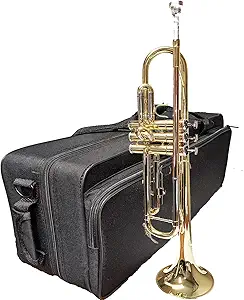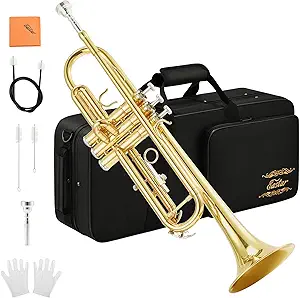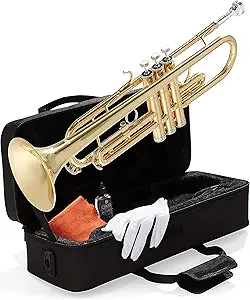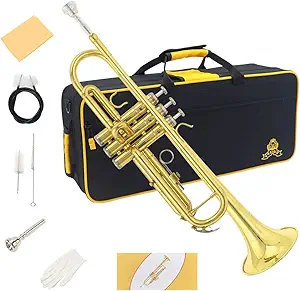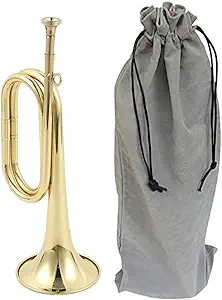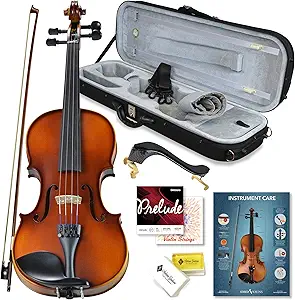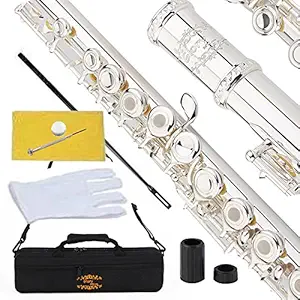The Ultimate Buying Guide for Brass Instruments
Overview
When it comes to purchasing a brass instrument, there are several factors to consider. Whether you're a beginner or an experienced musician, this buying guide will help you make an informed decision. We'll explore the different types of brass instruments, key considerations, features to look for, price ranges, expert tips, and frequently asked questions. Let's dive in!
Types of Brass Instruments:
1. Trumpet: Known for its bright and powerful sound, the trumpet is a popular choice for jazz, classical, and marching band music.
2. Trombone: With its distinct slide mechanism, the trombone offers a unique and versatile sound, making it suitable for various genres.
3. French Horn: The French horn produces a rich and mellow tone, often found in orchestras and chamber music ensembles.
4. Tuba: The largest and deepest sounding brass instrument, the tuba is commonly used in symphony orchestras and marching bands.
5. Euphonium: Resembling a small tuba, the euphonium produces a warm and lyrical sound, making it ideal for solo performances and brass bands.
Key Considerations
1. Skill Level: Consider your skill level, whether you're a beginner, intermediate, or advanced player, to choose an instrument that suits your abilities.
2. Intended Use: Determine whether you'll be playing in a school band, orchestra, jazz ensemble, or as a soloist to select the appropriate instrument.
3. Size and Weight: Brass instruments come in various sizes and weights, so consider your comfort level and physical capabilities.
4. Mouthpiece Compatibility: Check if the instrument's mouthpiece is compatible with your playing style and preferences.
5. Budget: Set a budget range and explore instruments within that range to find the best value for your money.
Features
1. Material: Brass instruments can be made from different types of brass, such as yellow brass, rose brass, or silver-plated brass, each offering unique tonal qualities.
2. Valves and Slides: Examine the quality and responsiveness of valves and slides, as they directly affect playability and sound production.
3. Bore Size: The bore size determines the instrument's sound projection and resistance, with larger bores producing a richer sound.
4. Bell Size and Shape: Consider the bell size and shape, as they influence the instrument's tone and projection.
5. Finish: Choose between lacquered, silver-plated, or gold-plated finishes, balancing aesthetics and durability.
Prices
Brass instrument prices can vary significantly depending on the brand, quality, and condition. Beginner instruments typically range from $200 to $800, while intermediate and professional models can cost anywhere from $800 to $5000 or more.
Tips
1. Try Before You Buy: Test out different instruments to find the one that feels comfortable and suits your playing style.
2. Seek Expert Advice: Consult with music teachers, professional musicians, or trusted brass instrument specialists for recommendations.
3. Consider Used Instruments: Used instruments can offer great value for money, but ensure they are in good condition and have been properly maintained.
4. Research Brands: Look for reputable brands known for their quality craftsmanship and reliable instruments.
5. Take Care of Your Instrument: Regular maintenance and proper care will extend the lifespan and ensure optimal performance of your brass instrument.
FAQs
Q: Can I switch between different brass instruments?
Q: How often should I clean my brass instrument?
Q: What accessories do I need for my brass instrument?
Q: Can I rent a brass instrument before purchasing?
Q: How long does it take to learn a brass instrument?
A: Conclusion:
Now that you have a comprehensive understanding of brass instruments, their types, key considerations, features, prices, and expert tips, you can confidently choose the perfect brass instrument for your musical journey. Remember to consider your skill level, intended use, and budget, and don't hesitate to seek expert advice. Happy playing!

